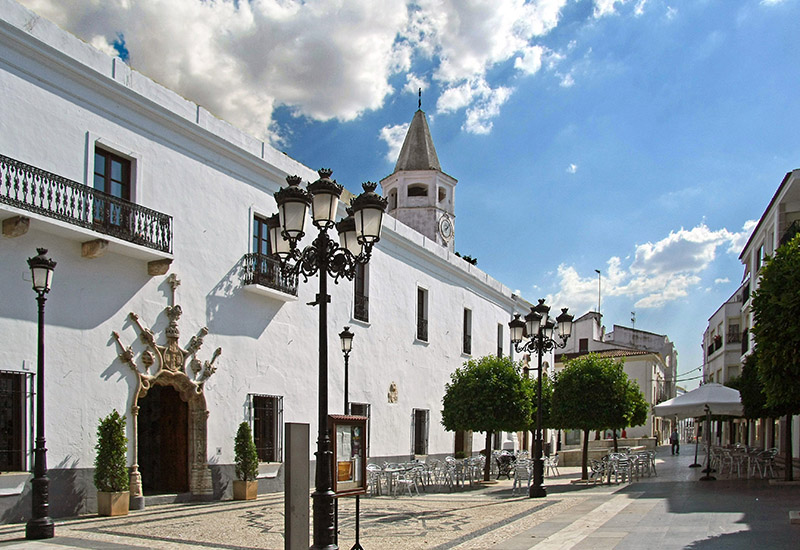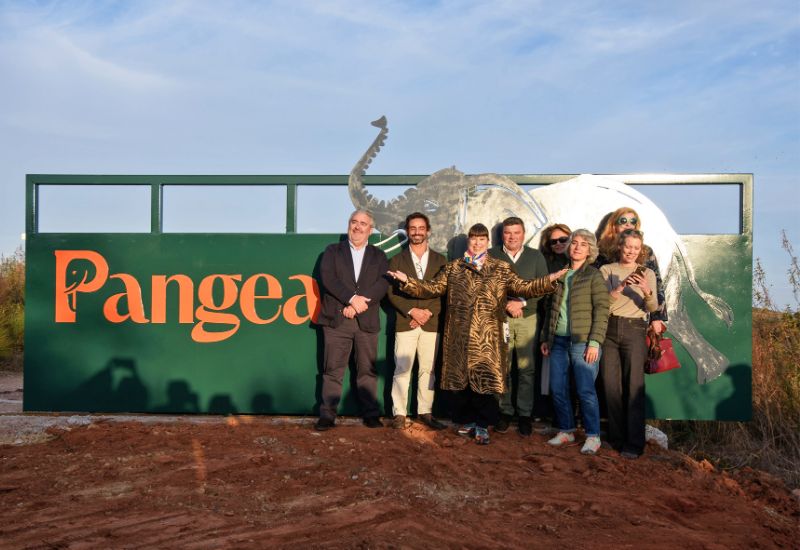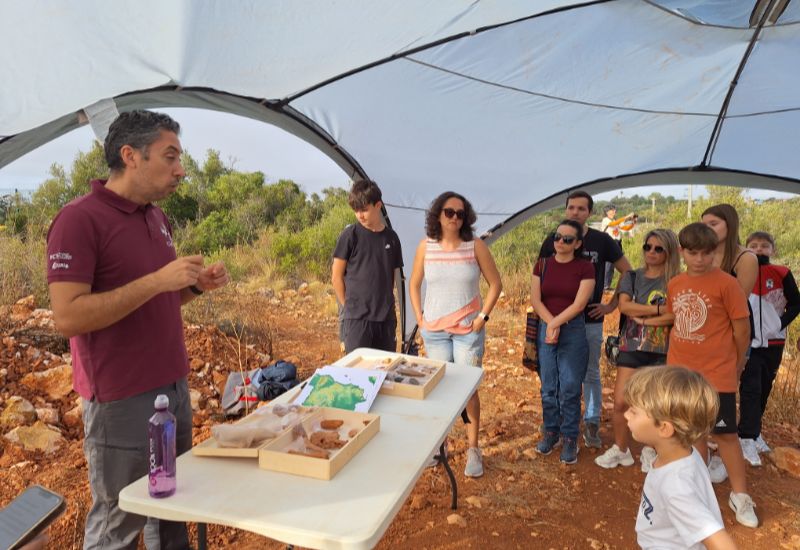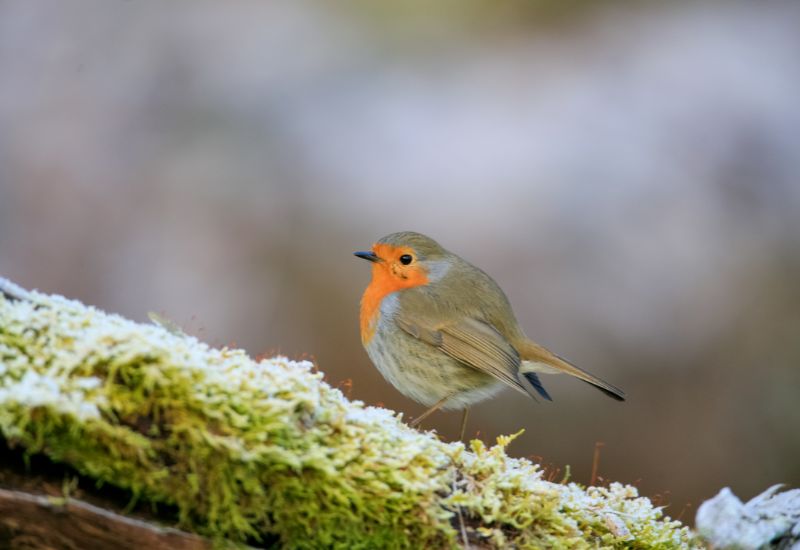If you look at a map, you will see that the town of Olivença lies within the borders of Spain. Despite its geographical location and the reluctance of the Spanish, the town has always been claimed by Portugal as theirs, making it one of the oldest territorial disputes in Europe.
The story of Olivença can be traced back to the Treaty of Alcañices when King Dinis of Portugal acquired the town from Castile in 1297, long before the region became quintessentially Spanish.
Remaining sovereignly Portuguese for over five centuries, the town developed with distinct Portuguese characteristics through architecture, culture and language. But in 1801, Spain, along with backing from Napoleonic France, launched a short military campaign against Portugal, which became known as the War of the Oranges. As a result, Spain seized occupation of Olivença and Spanishified its name to Olivenza.
Following the war, Portugal was forced to cede Olivença to Spain as part of the Treaty of Badajoz. However, in 1815, after the fall of Napoleon, the Congress of Vienna declared that Spain should return the annexed town of Olivença to Portugal, to which the Spanish agreed. Unfortunately, 210 years later, Spain has never fulfilled its agreement, and Olivença remains under Spanish rule to this day as part of the Spanish province of Badajoz.
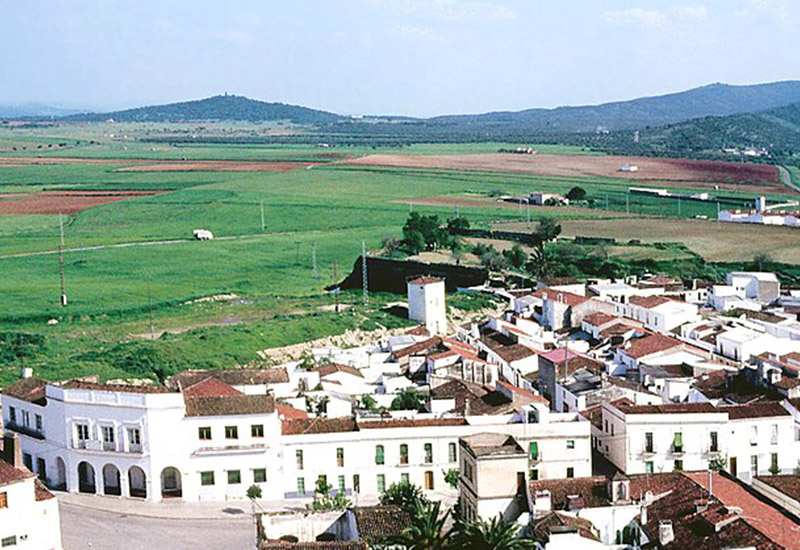
Whilst Portugal has never officially submitted a claim to the town, Portuguese officials bring up the Olivença conundrum from time to time. Most recently, the Minister of Defence, Nuno Melo, speaking at a military barracks in Estremoz, just 67 km from the disputed town, declared, “Olivença is Portuguese, of course. The Portuguese state does not recognise it as Spanish territory.”
Despite being subject to one of the longest territorial disputes on the Iberian Peninsula, Olivença still recognises its Portuguese heritage. Many residents continue to speak both Portuguese and Spanish. They have a Portuguese school, roads named after Portuguese figures, and, only this year, a statue dedicated to the legendary Portuguese poet Luís de Camões was erected on Calle (rua) Lope de Vega as part of the Portugal Day celebrations on 10 June.
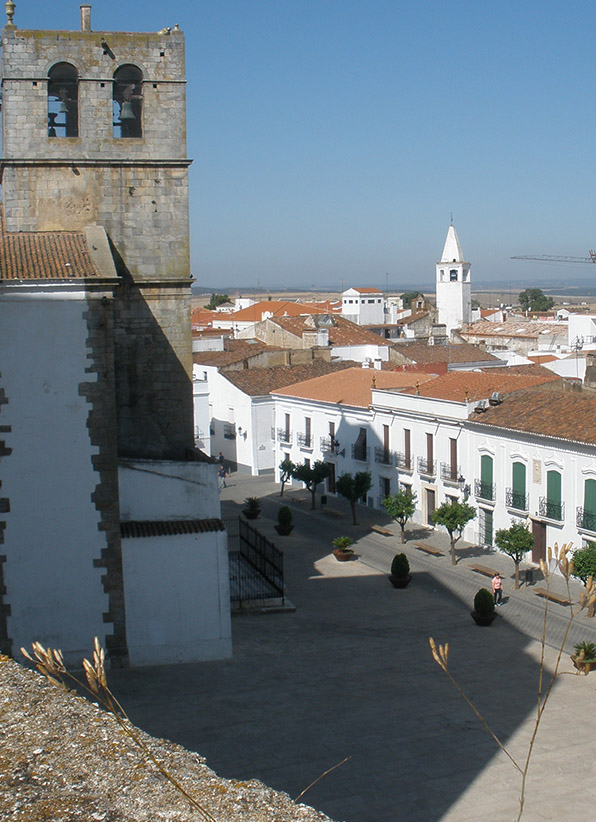
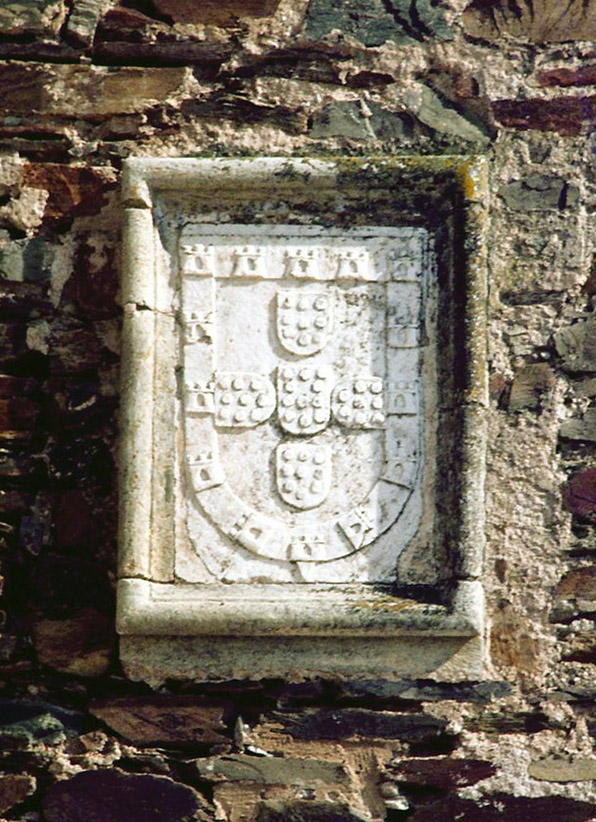
Whilst the fight over the Olivença conundrum remains light-hearted between the two countries, some can’t help but remind Spain that they have something to return. On the European marker post denoting the Spanish border, someone has proudly written in Portuguese “Olivença e nossa e Portugal” (Olivença is ours and Portugal) below the ring of stars that surround the name “España”.
On an official stance, Portugal has long based its claim on Article 105 of the 1815 Treaty of Vienna, which states that winning countries are “committed to employ the mightiest conciliatory effort to return Olivença to Portuguese authority” and that winning countries must “recognise the return of Olivença and its territories must be done”. Spain, on the other hand, seems to have a different interpretation, arguing that Article 105 is not mandatory and that the territory is already integrated into Spain. Or, in other words, they aren’t too bothered about giving it back, as it was a long time ago.
Although Portugal and Spain have agreed to disagree on the subject in recent years, the citizens of Olivença enjoy both their Portuguese and Spanish heritage, with many holding dual nationality. According to Publico, 716 residents have requested Portuguese citizenship, and, not so long ago, Portugal agreed to build a bridge linking the town to Portugal. To ensure there was no Spanish involvement, Portugal paid for the bridge, thereby keeping it truly Portuguese.
Thanks to the EU’s borderless Schengen zone, in which Portugal and Spain have enjoyed since 1999, Olivença, along with its bridge, does feel somewhat part of Portugal, if not officially part of the Portuguese Republic. As for whether Spain will hand over Olivença any time soon, that is a question that is up for debate.
Did you know? Portuguese military maps allegedly do not show the border between Portugal and Olivença. The name “Olivenza” likely originates from the Latin word “oliva”, meaning olive.
Main image: Palácio do Duque de Cadaval, Olivenza © Vitor Oliveira, CC BY-SA 2.0, via Wikimedia Commons


